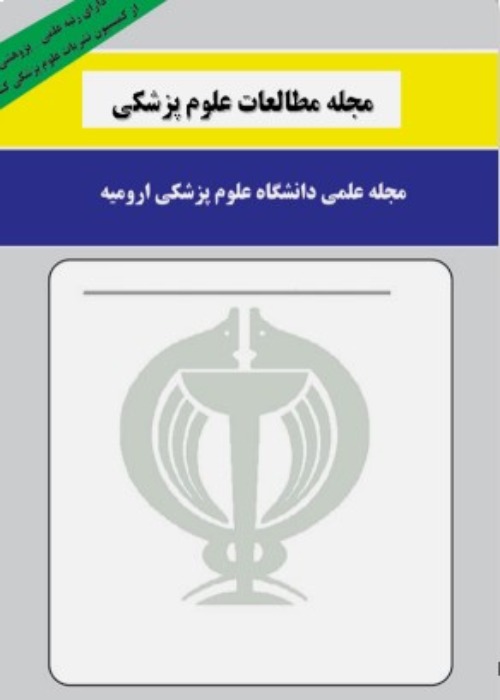THE THERAPEUTIC EFFECTS OF ENHANCED EXTERNAL COUNTERPULSATION ON REFRACTORY ANGINA IN PATIENTS, UNSUITABLE FOR INVASIVE INTERVENTIONS
Author(s):
Abstract:
Background and Aims
Enhanced external counterpulsation (EECP) is a non-invasive outpatient treatment used for angina pectoris. In patients with intractable angina who were symptomatic after medical and invasive strategies, several novel techniques are considered including EECP. In patients with refractory angina due to coronary anatomy specific information, CABG or PCI are also up despite anti-ischemic drug therapy are still symptomatic, other treatments including EECP is used. EECP produces an acute hemodynamic effect that is presumed to be similar to that produced by the invasive intra-aortic balloon pump. By applying a series of compressive cuffs sequentially from the calves to the thigh muscles upon diastole and rapidly deflating the cuffs in early systole, an increase in diastolic and decrease in systolic pressure is created. The purpose of this study was finding relationship between the therapeutic effects of enhanced external counterpulsation on refractory angina in patients, unsuitable for invasive interventions.Materials and Methods
In an Intermediary study, 50 consecutive patients (34 male, 16 female) were treated with EECP and followed for one year post treatment. Canadian cardiovascular society (CCS) class was analyzed, and medication and adverse clinical events were assessed prior to EECP, at the end of the treatment, and at 1 and 12 months thereafter. Any differences in background factors were recorded and analyzed.Results
The mean age of the 50 patients of this study was 62.18±8.67 years. A significant difference was found in score of life quality questionnaire between pre and after EECP treatment (p=0.010). Differences between EF pre and after treatment were significant (p=0.038). Differences between angina severity (CCS Score) pre and after EECP treatment were significant (p<0.001). Differences between Ischemia severity pre and after treatment were significant (p=0.044). Nitroglycerin usage pre and after treatment had no significant changes. Exercise duration significantly increased after treatment duration (p=0.001). LVEDD and LVESD also significantly reduced (p=0.031, p=0.032). Exercise test duration of one month after treatment than before treatment, and was significantly increased (p<0.001). However, the rate of improvement in the above parameters significantly after one year than a month after that story you did not treat the effects of relative stability is above. Amount of nitrates and other medications used before and after treatment statistically no significant difference in terms of study.Conclusion
This study demonstrated that EECP a useful method, while effective and safe for patients with severe refractory angina pectoris resistant to drug therapy and aggressive measures such as PCI and CABG are not suitable.Language:
Persian
Published:
Journal of Medical Science Studies, Volume:23 Issue: 1, 2012
Page:
7
magiran.com/p992817
دانلود و مطالعه متن این مقاله با یکی از روشهای زیر امکان پذیر است:
اشتراک شخصی
با عضویت و پرداخت آنلاین حق اشتراک یکساله به مبلغ 1,390,000ريال میتوانید 70 عنوان مطلب دانلود کنید!
اشتراک سازمانی
به کتابخانه دانشگاه یا محل کار خود پیشنهاد کنید تا اشتراک سازمانی این پایگاه را برای دسترسی نامحدود همه کاربران به متن مطالب تهیه نمایند!
توجه!
- حق عضویت دریافتی صرف حمایت از نشریات عضو و نگهداری، تکمیل و توسعه مگیران میشود.
- پرداخت حق اشتراک و دانلود مقالات اجازه بازنشر آن در سایر رسانههای چاپی و دیجیتال را به کاربر نمیدهد.
In order to view content subscription is required
Personal subscription
Subscribe magiran.com for 70 € euros via PayPal and download 70 articles during a year.
Organization subscription
Please contact us to subscribe your university or library for unlimited access!


